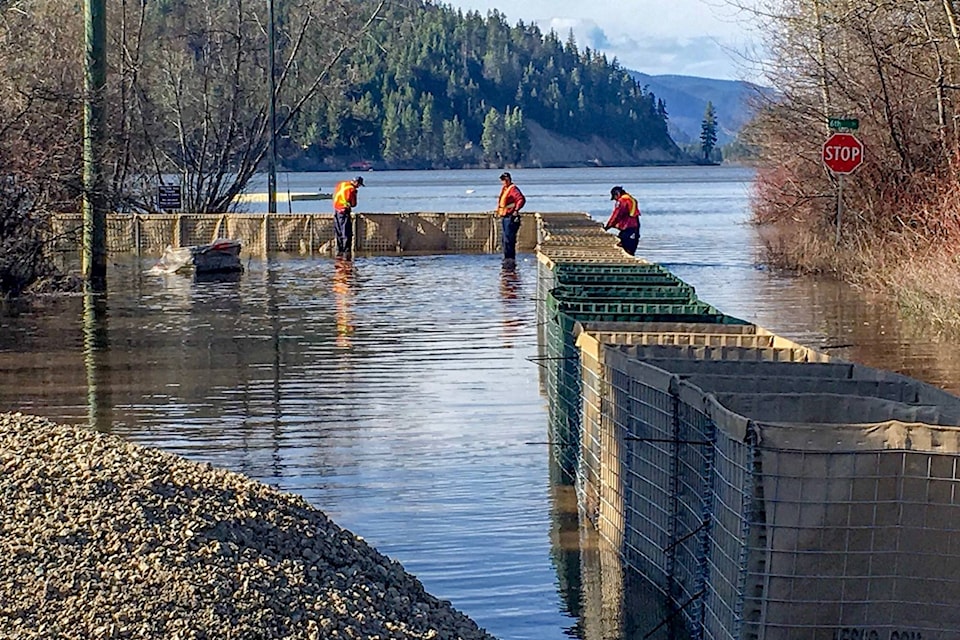The Regional District of Okanagan-Similkameen has lifted the state of local emergency for several areas.
The threat of flooding in electoral areas “B” (Cawston), “E” (Naramata) and “H” (Rural Princeton, Tulameen) no longer requires prompt coordination of action or special regulation of persons or property to protect the health, safety or welfare of people or to limit damage to property according to the RDOS.
The regional district has also prepared a list of tips and resources to help residents whose evacuation orders or alerts have been lifted with flood recovery.
Residents should take the following safety precautions when returning to their homes:
- Before entering your home, walk around the outside checking for signs of damage or danger.
- Before turning on electrical equipment that has been affected by flooding, have it checked by a qualified electrician.
- If your well has been flooded, assume the water in your home is contaminated and use alternate sources. If you think your well may be contaminated, learn more here: https://www.healthlinkbc.ca/healthlinkbc-files/well-water-testing.
- Destroy all food which may have been submerged in flood waters.
- It’s important to dry out, clean and disinfect your home as soon as possible to avoid mold.
- Clean up spilled medicines, bleaches, gasoline or other flammable liquids immediately. Wear rubber gloves and protective clothing and dispose the waste appropriately.
- Emergency officials should be advised of major spills or leaks immediately.
Resources:
Flooding Factsheet: Emergency Management BC (EMBC)
Cleaning Up After the Flood – General Information: Emergency Management BC (EMBC)
Flood Clean-up - Physical, Microbiological, and Chemical Hazards: HealthLinkBC
http://www.healthlinkbc.ca/healthfiles/hfile20.stm
Health and Safety after Flooding: Interior Health Authority
http://www.rdosmaps.bc.ca/min_bylaws/EOC/2018Flood/20180524_1500_PSA_IHA_After_Flooding.pdf
A Guide to Disaster Recovery: Province of BC
Local Authorities and First Nations Recovery Toolkit
Disaster Financial Assistance: Province of BC
You can find 2018 Flooding and Wildfire Preparedness information at the Emergency Info BC web hub
Flood Recovery and Returning Home
Regional District of Okanagan-Similkameen: Emergency Operations Centre
http://www.rdos.bc.ca/news-events/eoc/active-eoc-information/
Steve Kidd
Senior reporter, Penticton Western News
Email me or message me on Facebook
Follow us on Facebook | Twitter | Instagram
